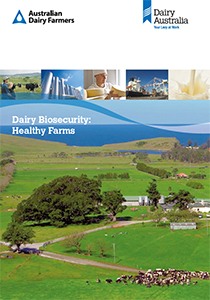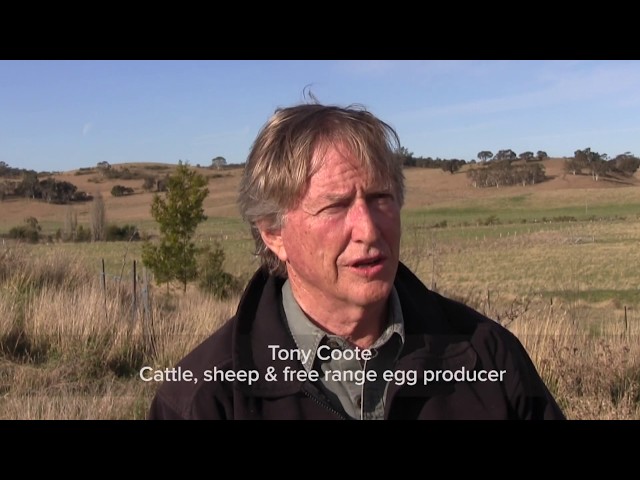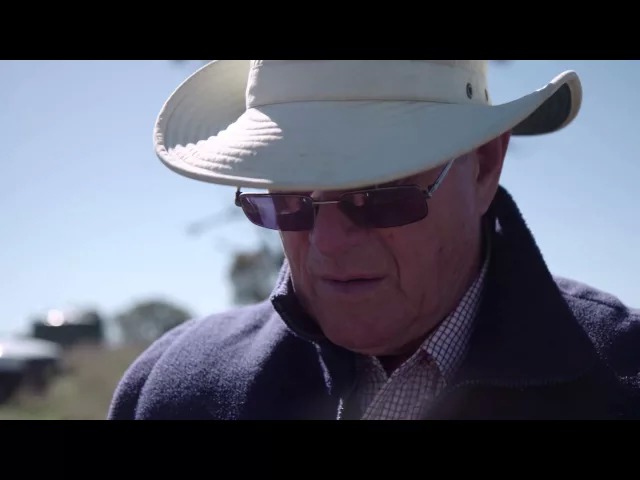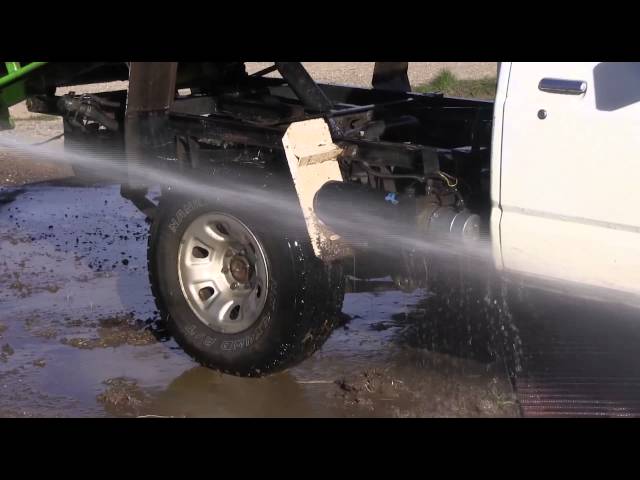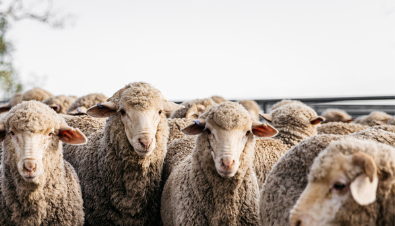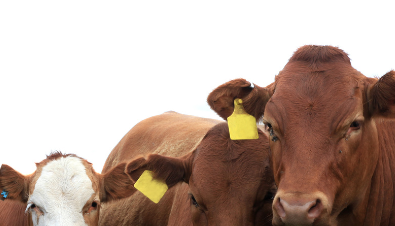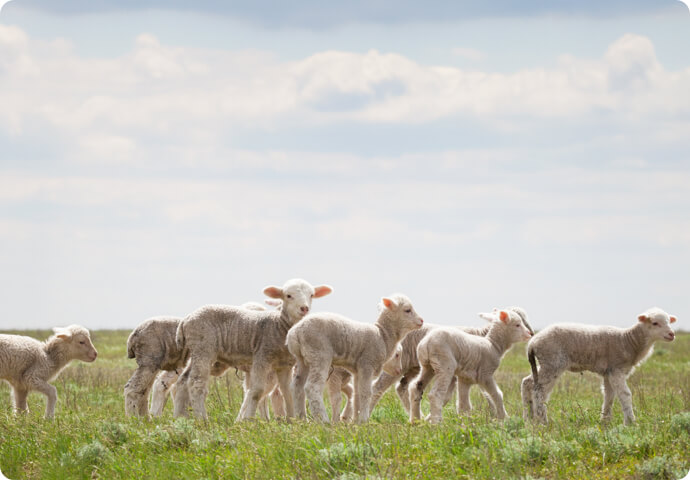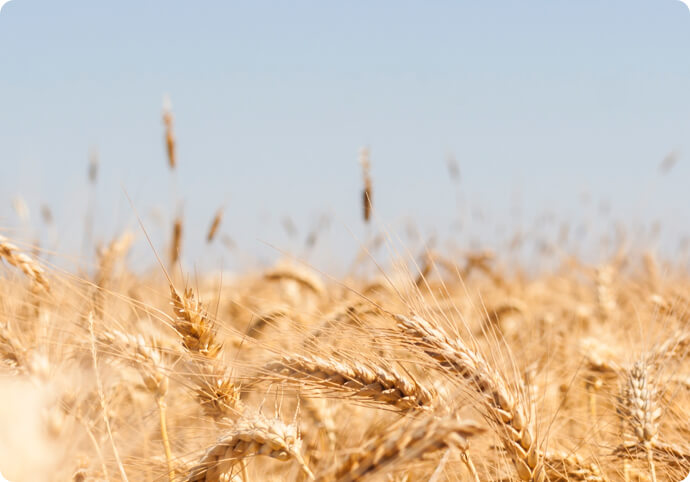You have an important role to play in protecting your property and the entire dairy industry from biosecurity threats.
On this page, you will find the tools to implement the simple, everyday biosecurity practices to protect the health of your livestock, limit production losses and help maintain market access for Australia’s dairy producers.
Disease alert: Foot-and-mouth disease (FMD) and lumpy skin disease (LSD)
FMD and LSD are both very serious diseases that affect beef and dairy cattle. Australia is currently free of these diseases, however there have been recent cases in Indonesia. To learn more about the diseases, and how you can prepare, click here (for FMD) and here (for LSD).
The recommended on-farm biosecurity practices for dairy farmers are outlined in the dairy industry’s publication, Dairy Biosecurity: Healthy Farms. This booklet provides dairy farmers with a check list of on-farm practices that contribute to managing the risks associated with biosecurity. It covers risks associated with stock movements, herd health, farm inputs, visitors, effluent and waste, neighbours and dead animals.
For dairy producers looking to meet Livestock Production Assurance requirements, download the On-farm biosecurity plan template.
Biosecurity toolkit
As a dairy farmer, the best way to protect yourself from biosecurity risks is to keep diseases, pests and weeds off your property.
Always insist on a properly completed National Cattle Health Declaration and National Vendor Declaration when purchasing stock, offering cattle for sale, and when mandated by inter-state movement requirements.
The National Farm Biosecurity Manual: Grazing Livestock Production contains additional advice for all grazing livestock property managers on sound on-farm biosecurity measures.
More information
Preventing emergency animal disease outbreaks
The single biggest threat to the dairy industry’s sustainability is an outbreak of an emergency animal disease. That’s why Australian Dairy Farmers and Dairy Australia have put into place a series of animal health policies at both the state and national levels to guard against threats to the industry’s biosecurity.
Australia’s National Livestock Identification System (NLIS) identifies animals so that we can trace them quickly if we need to. It applies to anyone with cattle, sheep, pigs or goats.
If there is an outbreak of an emergency disease (for example foot and mouth disease), we can quickly trace back to identify animals that might already be infected, and trace forward to identify animals that are at the greatest risk of infection.
Dairy cattle health
Farm biosecurity is important in preventing many of the common, endemic diseases affecting Australia’s dairy herd. These include bovine Johne’s disease, mastitis and a number of conditions resulting in weight loss.
Biosecurity arrangements for Enzootic Bovine Leucosis (EBL) are also important following the eradication of EBL from the Australian dairy herd. Not all beef herds are free of EBL, so dairy farmers should test each individual beef animal before introducing them to their properties (or only source beef animals from herds that have been tested negative for EBL).

